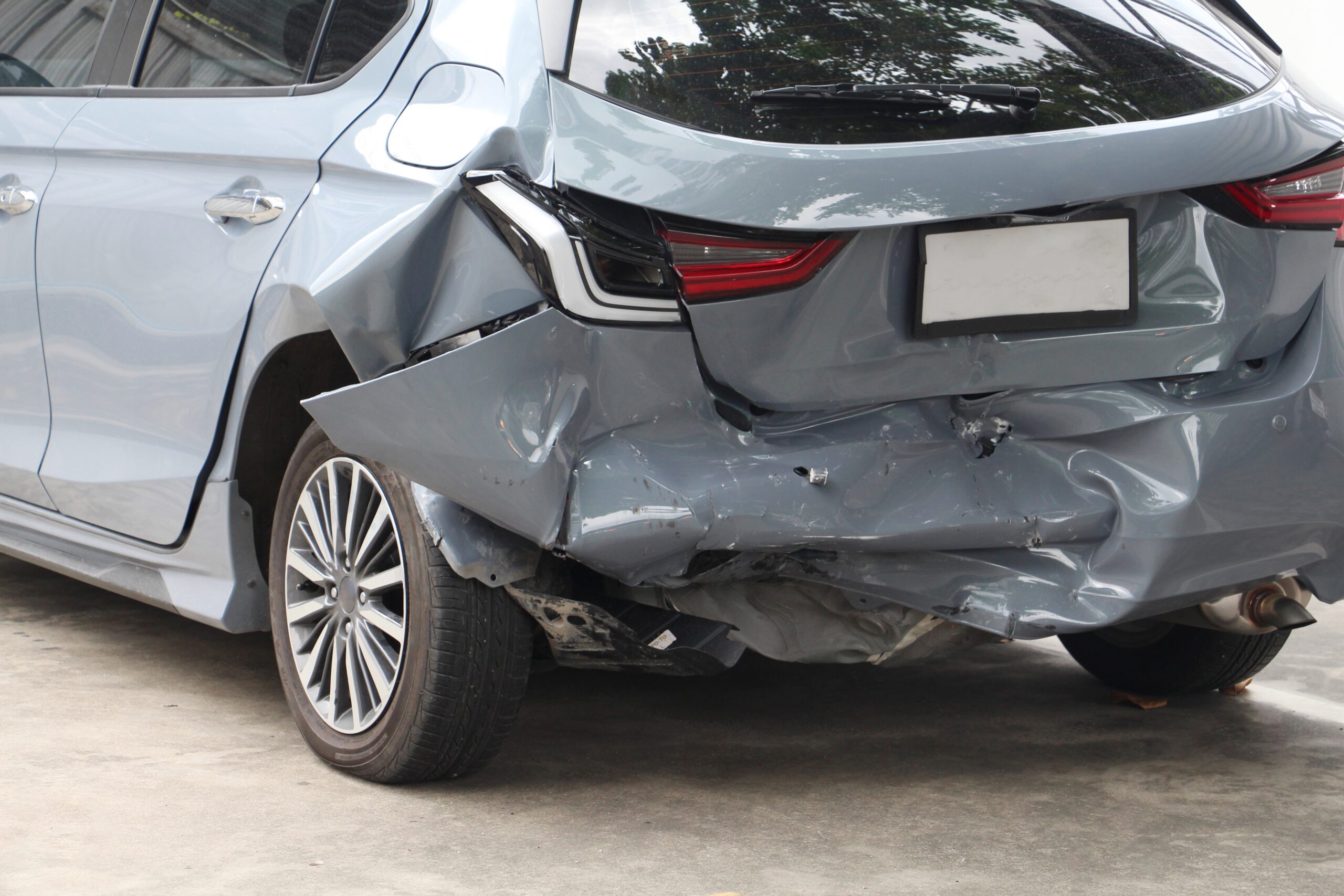Car accidents are common on roads and highways worldwide, ranging from minor fender benders to catastrophic collisions that result in severe injuries or fatalities. Understanding the different types of car accidents can help drivers become more aware of the risks associated with each, take appropriate safety measures, and know what to do if involved.
It’s important to understand the various types of car accidents, their common causes, what actions to take after an accident, and the legal implications of different accident scenarios. It’s also best to consult with a skilled car accident lawyer in Grafton to understand your rights.
Rear-End Collisions
A rear-end collision occurs when one vehicle crashes into the back of another. These types of accidents are among the most common and often occur at intersections, stop signs, or in heavy traffic with closely spaced vehicles.
Common causes include:
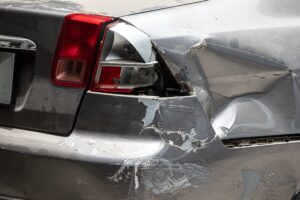
- Distracted driving: Drivers may fail to notice that the vehicle ahead has stopped or slowed due to distractions like texting, talking on the phone, or adjusting the radio.
- Tailgating: Following another vehicle too closely reduces reaction time if the car in front stops abruptly.
- Sudden stops: If the vehicle in front stops suddenly, the car behind may not have enough time to brake, resulting in a collision.
- Weather conditions: Slippery roads caused by rain, ice, or snow can increase stopping distances, making rear-end collisions more likely.
Injuries
Common injuries from rear-end collisions include whiplash, neck and back injuries, and sometimes head trauma if the driver or passengers hit the steering wheel or dashboard.
Side-impact collisions (T-bone accidents)
Side-impact collisions, also known as T-bone accidents, occur when one vehicle crashes into the side of another. These accidents happen at intersections when one driver runs a red light or stop sign.
Common causes include:
- Failure to yield: Drivers may fail to yield the right of way at intersections, especially when making left turns.
- Running red lights or stop signs: A driver running a red light or stop sign can easily crash into the side of a vehicle crossing the intersection.
- Speeding: Excessive speed can lead to a driver misjudging the timing of a light change or the ability to stop at an intersection.
Side-impact collisions can result in serious injuries due to the limited protection offered by the sides of vehicles. Common injuries include broken bones, head injuries, internal bleeding, and spinal cord injuries (SCI).
Head-On Collisions
A head-on collision occurs when two vehicles traveling in opposite directions collide. Given the combined speed of both vehicles, these accidents are among the most deadly.
Common causes include:
- Wrong-way driving: Drivers may accidentally enter a road going the wrong direction, especially on one-way streets or highways.
- Drunk driving: Impaired drivers are more likely to drift into the opposite lane or fail to correct their steering.
- Falling asleep at the wheel: A driver who falls asleep or loses consciousness while driving may veer into oncoming traffic.
Injuries from head-on collisions are often severe and can include traumatic brain injuries(TBI), broken bones, internal injuries, and spinal cord damage. Fatalities are also common in these types of accidents.
Multi-Vehicle Pile-Ups
A multi-vehicle pile-up involves three or more vehicles in a chain-reaction crash. These accidents are common on highways and can be particularly dangerous due to the large number of vehicles involved.
Common causes include:
- Weather conditions: Fog, rain, or snow can severely limit visibility, causing drivers to collide with vehicles they can’t see in time.
- Sudden stops: If a vehicle stops suddenly on a highway, the cars behind may not have enough time to slow down, causing a chain reaction.
- Speeding: Driving too fast for road conditions can increase the likelihood of a pile-up if one car crashes or stops suddenly.
Injuries in multi-vehicle pile-ups can vary widely, depending on the severity of the crashes. Occupants can suffer from minor cuts and bruises to life-threatening injuries such as broken bones, head trauma, and spinal cord injuries (SCI).
Single-Vehicle Accidents
Single-vehicle accidents involve only one car and typically occur when the driver loses control. These accidents often involve collisions with guardrails, trees, or other objects on the side of the road.
Common causes include:
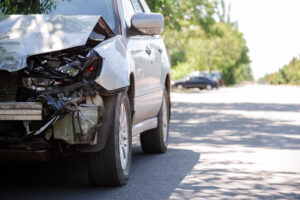
- Distracted driving: The driver may swerve off the road due to distractions, such as using a cell phone or adjusting in-car controls.
- Drunk driving: Impaired drivers have slower reaction times and poor judgment, which can lead to loss of control.
- Poor road conditions: Potholes, ice, or loose gravel can cause a driver to lose control of the vehicle.
While single-vehicle accidents may seem less dangerous, they can result in serious injuries depending on the speed of the vehicle and what it hits. Common injuries include whiplash, broken bones, and head trauma.
Hit-and-Run Accidents
A hit-and-run accident occurs when a driver leaves the scene of an accident without providing contact information or rendering aid. These accidents can involve any type of collision, but the defining feature is that one party flees the scene.
Common causes include:
- Fear of legal consequences: Drivers may flee because they are driving without a license or insurance or are under the influence of drugs or alcohol.
- Inattentiveness: Sometimes, the driver may not realize they caused an accident, particularly if the crash is minor.
Injuries from hit-and-run accidents can be severe, especially if the injured party cannot receive immediate medical attention. Victims often suffer broken bones, head injuries, and other trauma.
Sideswipe Accidents
A sideswipe accident occurs when two vehicles traveling in the same direction collide, typically along the sides of the vehicles. These accidents often happen when one driver tries to change lanes without checking their blind spot.
Common causes include:
- Failure to check blind spots: Drivers may fail to check their blind spots before changing lanes, resulting in a sideswipe accident.
- Drifting: Distracted or drowsy drivers may drift out of their lane and sideswipe another vehicle.
- Aggressive driving: Some sideswipe accidents occur during road rage incidents when one driver intentionally cuts off another.
Sideswipe accidents typically result in minor injuries but can escalate if the cars travel at high speeds or if the collision forces one car off the road. Injuries may include whiplash, bruises, and cuts.
Rollover Accidents
A rollover accident occurs when a vehicle flips onto its side or roof. Due to their higher center of gravity, these accidents are more common in SUVs and trucks.
Common causes include:
- Sharp turns: Taking a curve or turning at too high a speed can cause a vehicle to flip over.
- Collisions: A high-impact collision, particularly a side-impact or rear-end crash, can result in a rollover.
- Uneven road surfaces: Striking a curb or driving on uneven terrain at high speeds can cause a vehicle to tip over.
Rollover accidents are often catastrophic, resulting in serious injuries such as traumatic brain injuries, broken bones, internal injuries, and spinal cord damage. In some cases, fatalities may occur.
Low-Speed Accidents (Fender Benders)
Low-speed accidents, or fender benders, occur when vehicles collide at low speeds, typically in parking lots or at traffic lights.
Common causes include:
- Distracted driving: Drivers may not notice that the vehicle in front has stopped or slowed down.
- Misjudgment of space: Drivers may misjudge the space between their car and another vehicle, leading to minor collisions.
Although low-speed accidents are generally less severe, occupants can still suffer from injuries like whiplash, minor cuts, and bruises. In some cases, serious injuries can still occur.
Who is Liable for Your Car Accident?
One of the key questions after a car accident is who is liable for the damages and injuries. The at-fault party may be held responsible for the injuries, property damage, and other losses suffered by the victim. However, establishing liability can be a complex process that requires gathering evidence, interviewing witnesses, and analyzing the circumstances of the accident.
In some cases, the liability may be clear-cut, such as when one driver runs a red light or operates a vehicle under the influence of alcohol or drugs. However, determining liability may involve multiple parties in other situations, such as in a multi-vehicle collision. In these cases, it is in your best interest to have a seasoned car accident attorney who can investigate the accident thoroughly and identify all potentially liable parties.
How a Car Accident Attorney Can Help
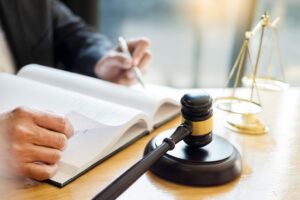
Navigating the legal process after a car accident can be overwhelming, especially when you are dealing with physical injuries and emotional distress. Hiring a car accident attorney can significantly alleviate the burden and increase your chances of receiving full and fair compensation for your losses. Here are some ways a car accident attorney can support you:
Provide Legal Experience and Advice
Car accident attorneys are well-versed in personal injury law and have in-depth knowledge of the legal principles and procedures involved in car accident cases. They can provide accurate and reliable information about your rights, the legal process, and what to expect throughout your case. This insight lets you make informed decisions and take the necessary steps to protect your interests.
Conduct a Thorough Investigation
To determine liability and build a strong case, an experienced car accident lawyer will thoroughly investigate the accident. They will gather evidence, such as police reports, witness statements, photographs, and video footage, to establish the cause of the accident and the negligence of the at-fault party. This investigation is imperative in proving liability and securing the compensation you deserve.
Negotiate with Insurance Companies
Dealing with insurance companies can be challenging, as they may try to minimize or deny your claim. Car accident attorneys have experience negotiating with insurance adjusters and can advocate for your rights. They will handle all communication with the insurance company on your behalf, ensuring that you are not taken advantage of and that your claim deserves attention.
Calculate Damages
A car accident can result in various damages, including medical expenses, lost income, property damage, and pain and suffering. Determining the full extent of your damages and calculating fair compensation can be complicated. Car accident attorneys know how to assess your damages accurately and negotiate for the maximum compensation available under the law.
Represent You in Court, if Necessary
While most car accident cases settle through negotiations with the insurance company, some may require litigation. If the insurance company refuses to offer a fair settlement or denies your claim, your car accident attorney can file a lawsuit and represent you in court. A skilled litigator presents your case effectively and protects your rights throughout the legal process.
Where to Find a Reputable Car Accident Attorney
If you were involved in a car accident, you will want to find an experienced and reputable car accident attorney to represent you. Here are some ways to find a car accident attorney near you:
Referrals and Recommendations
Contact friends, family, and colleagues with similar experiences and ask for recommendations. Personal referrals can provide valuable insights into the quality of legal representation provided by different attorneys.
Online Directories and Reviews
Online directories and review platforms can be useful resources for finding car accident attorneys in your area. Look for attorneys who focus on personal injury law and have positive reviews from past clients. Pay attention to any specific achievements or accolades mentioned in their profiles.
Initial Consultations
Once you have identified potential car accident lawyers, schedule initial consultations to discuss your case. This allows you to assess their experience, communication style, and overall fit for your needs. Ask questions about their experience with car accident cases and their success rate in securing fair compensation for their clients.
Remember, choosing an attorney with whom you feel comfortable and confident in their ability to handle your case effectively is important. A car accident attorney who understands the unique challenges of car accident cases and has a track record of success can greatly increase your chances of a favorable outcome.
Contact a Car Accident Attorney Today for Help

Jeff Robinette, Car Accident Lawyer in Grafton
Car accidents come in many forms, each with unique risks and consequences. By understanding the different types of car accidents and their causes, drivers can take proactive steps to avoid collisions and protect themselves on the road. However, even the most cautious drivers may be involved in an accident.
Suppose you suffered an injury in a car accident. In that case, it’s essential to consult with a knowledgeable attorney to navigate the legal process, protect your rights, and seek fair compensation for your injuries. Each type of accident presents its own set of legal challenges, and a skilled personal injury lawyer in Grafton can ensure you understand how best to proceed based on the specifics of your case. Don’t face your car accident claim alone; hire an attorney to represent your interests, protect your rights, and maximize your compensation today.
Jeffery Robinette was admitted to practice law in 1991 and is licensed in all levels of state and federal trial courts in West Virginia. Mr. Robinette is also licensed in all state and federal appeals courts in West Virginia and the United States Supreme Court. As a National Board Certified Trial Attorney who has handled hundreds of motor vehicle, injury, and construction defect claims and a leading author on insurance claims settlement issues and difficulties in West Virginia, Jeff Robinette is uniquely qualified to represent your best interest.
